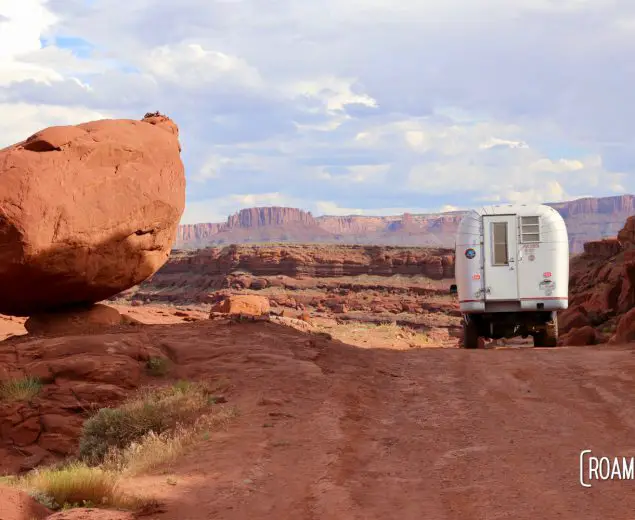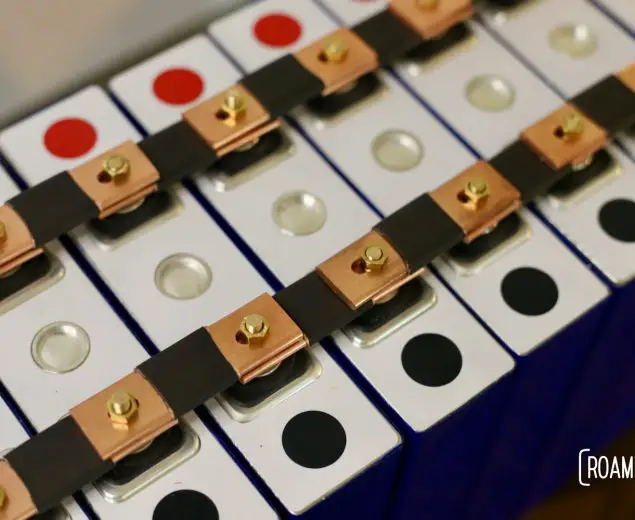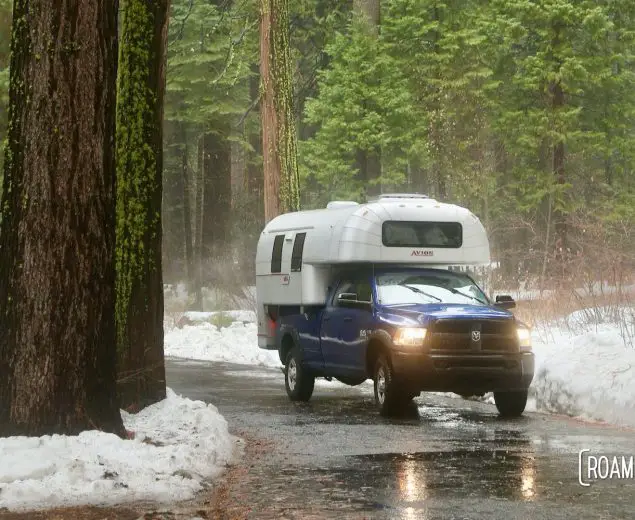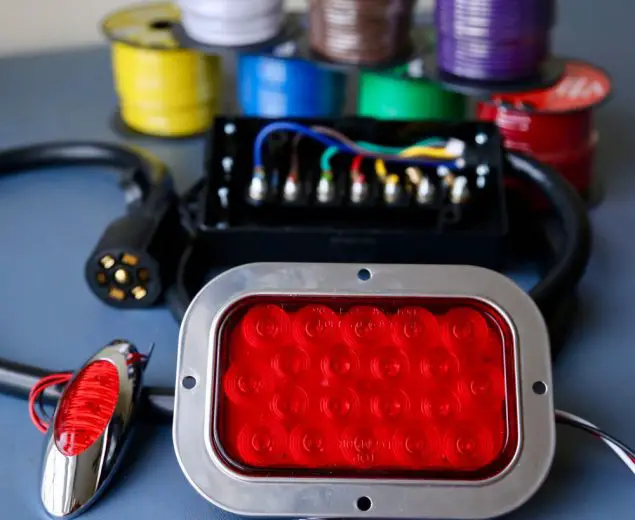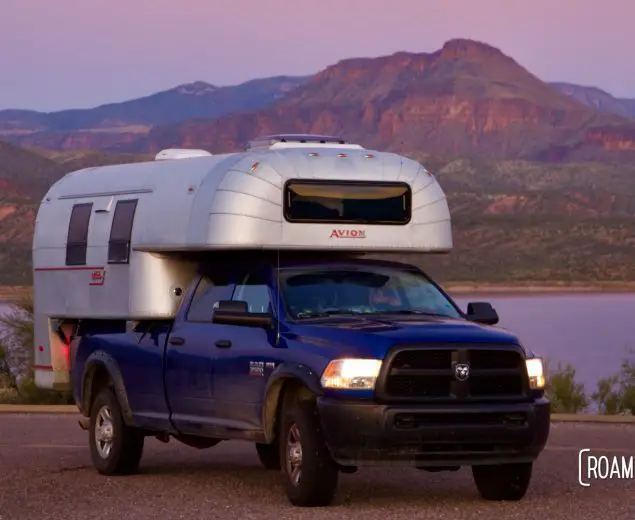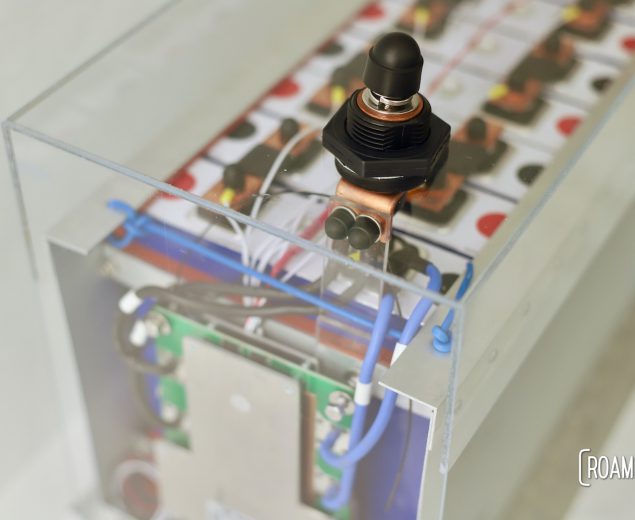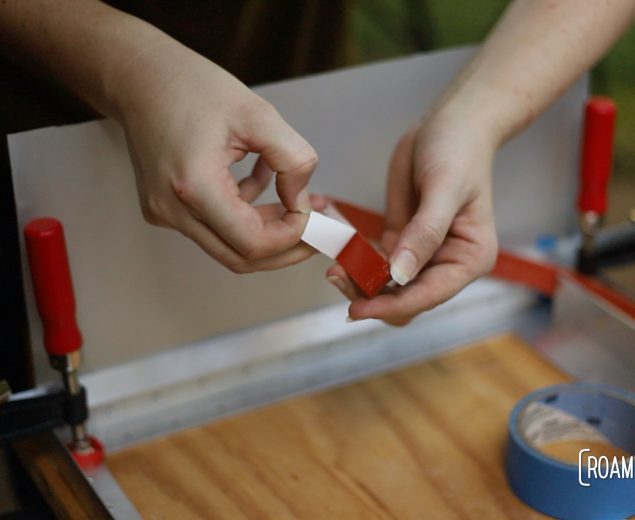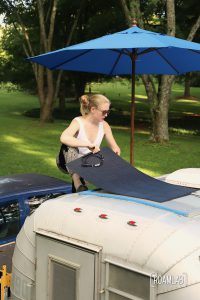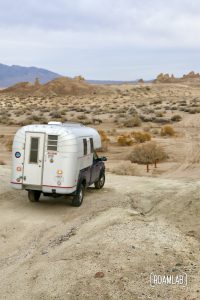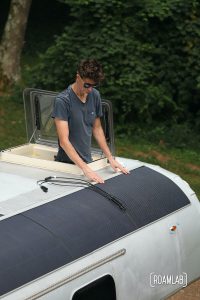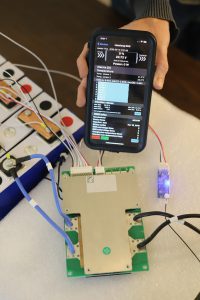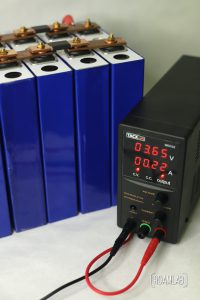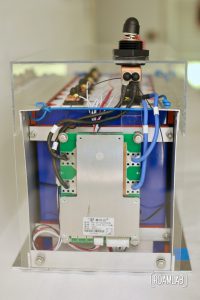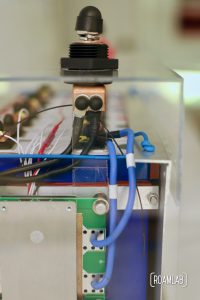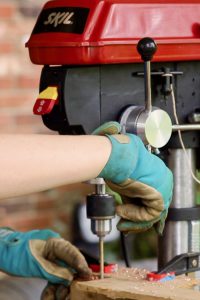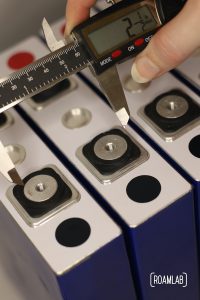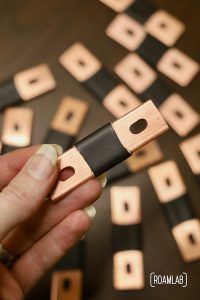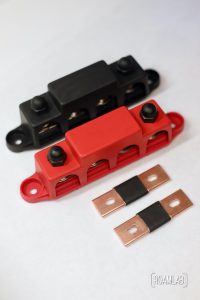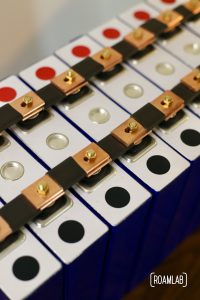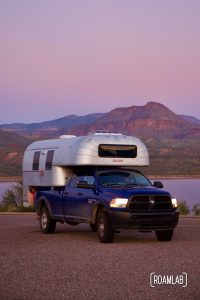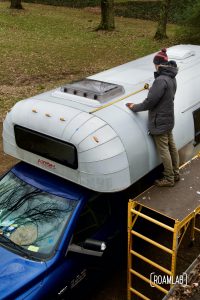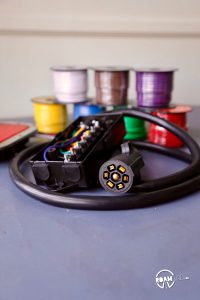DIY Electrical System
When built in 1970, our Avion C11 truck camper ran on a combination of propane and shore power. Fifty years later, we are entirely remodeling this vintage aluminum beauty, including the electrical system. Along with such safety concerns over shorts from old wiring, this is an opportunity to take advantage of technological improvements since this camper's construction. We are ditching the propane in favor of a completely electric system powered by rooftop solar panels. This approach frees us from hookups and gas station fill-ups for our boondocking adventures.
How Much Power Do I Use In A Day?
A Day In The Life
Parallel vs. Series
Connecting cells to build a battery
How Many Lights Do I Need In My RV?
Lumens, food candles, & wattage
Electricity 101
Learning the basics
Before we pick up a set of wire crimpers or bolt down a bus bar, we spend months researching each aspect of our proposed electrical system. Understanding the concepts behind RV electrical systems guide us into more informed decisions about our build. Instead of a 12-volt system, we build a 24-volt system. Instead of the two odd solar panels seen on most rigs of our size, we install ten. Instead of the battery brand du jour, we build our own. Instead of the common reliance on propane for RV heating, we go all-electric. Because doing what’s popular has never been our style.
How Much Power Do I Use In A Day?
A Day In The Life
How Many Lights Do I Need In My RV?
Lumens, food candles, & wattage
Parallel vs. Series
Connecting cells to build a battery
Prototyping
Preparing to Assembly the System
Before we start drilling mounting holes and making custom mounts, we want to test out our electric system to make sure everything is up and running smoothly. For starters, we hook up our battery cells, wire in our battery management system (BMS), and hook into our Victron Multiplus charger. Better yet, we have our camera running, capturing the whole process.
Getting Road Legal
After gutting our truck camper interior, the first order of business is making sure the RV is roadworthy. On the electrical front, that is making sure that our break, clearance, and license plate lights are all working. These are controlled by a 7-pin pigtail that connects to our truck's rear bumper. It's up to us to install a new pigtail and lights as well as wiring all the connections to make sure we can safely drive.
Replacing Driving Lights
Brakes, clearance, and license plate lights
A DIY Lithium Battery
Custom 24V 360Ah LiFePO4 batteries
While there are a lot of lithium batteries on the market, we decide to do it ourselves by assembling sixteen LiFePO4 battery cells into two 24-volt 360-amp-hour batteries. Along with diving deep into subjects of parallel vs. series connections, bus bars vs. cable, and battery management systems, we also make our battery box and bus bars. The end result is a unique set of batteries.
Best Camper Battery
Selecting voltage, amperage, & chemsitry
Choosing a Lithium Battery
Balancing safety and cost
Assembling A Custom Battery
Bringing all the parts together
Constructing a Battery Box
Selecting voltage, amperage, & chemsitry
The Latest From Roam Lab
We are always tweaking our system. See what's new in our most recent posts.


